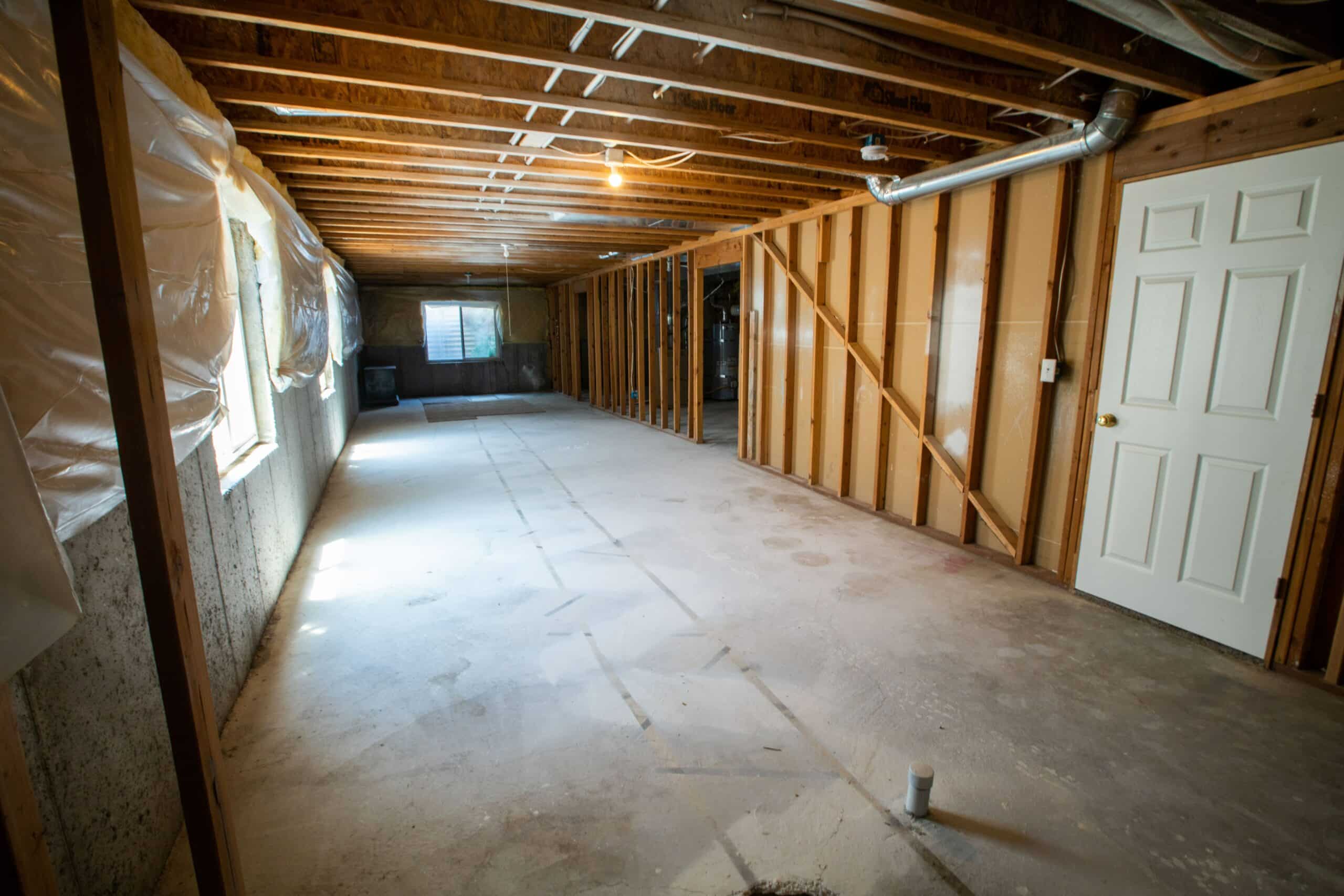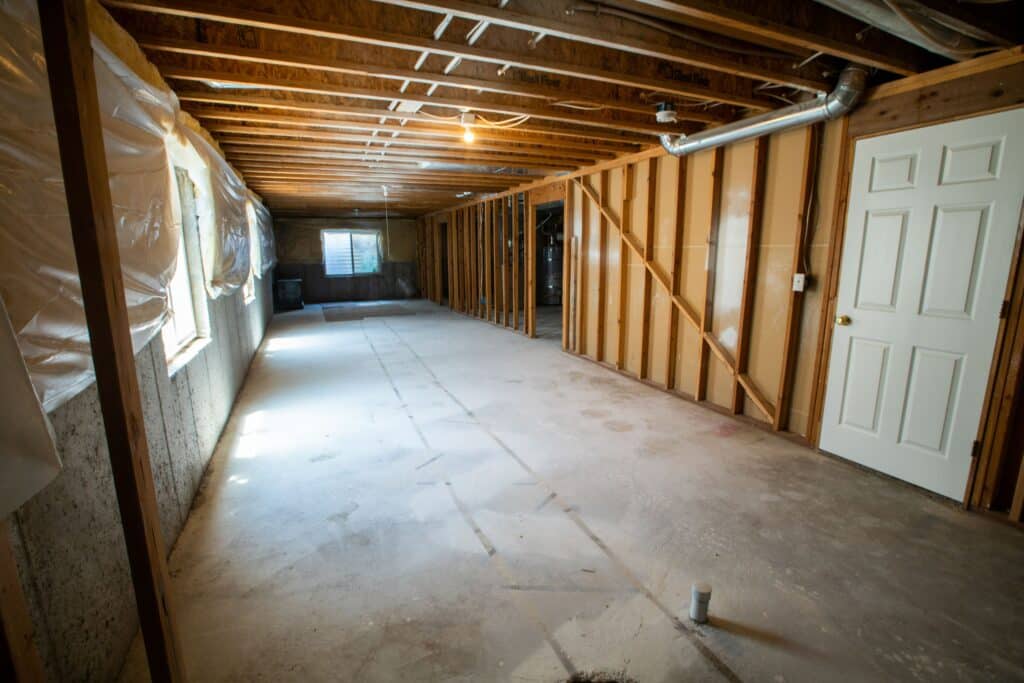Indoor air quality (IAQ) is a crucial aspect of maintaining a healthy home environment, as it directly impacts the health and comfort of building occupants. According to the US Environmental Protection Agency (EPA), Americans spend approximately 90 percent of their time indoors, where the concentrations of some pollutants can be 2 to 5 times higher than typical outdoor concentrations.
Poor indoor air quality can contribute to a range of health issues, including asthma flare-ups, allergy symptoms, and respiratory problems. However, homeowners can take proactive steps to improve the air quality within their homes, reducing the number of allergens and pollutants present. By understanding and controlling common sources of indoor pollution, individuals can create a healthier living space and promote overall well-being for themselves and their families.
Throughout this article, we will examine the importance of indoor air quality, delve into the main factors contributing to poor air quality, and provide practical advice for improving it within your own home. Our goal is to help you make informed decisions about maintaining a clean and healthy indoor environment, benefiting not only your physical health but also your peace of mind.
Causes of Poor Indoor Air Quality
There are several factors that contribute to poor indoor air quality in homes. Understanding these causes can help you take necessary steps to improve the air quality within your living space.
1. Combustion Sources: Combustion sources such as tobacco, wood, coal heating, and cooking appliances, as well as fireplaces can release harmful pollutants indoors, deteriorating air quality[source].
2. Asbestos: Asbestos is a common cause of poor indoor air quality, particularly in older buildings where this material can be found in paint and construction materials[source].
3. Ventilation Problems: Inadequate ventilation can result in a buildup of contaminants within homes, causing poor air quality[source].
4. Indoor Air Pollutants: The release of harmful pollutants inside homes, such as fine particulate matter and carbon monoxide, contributes to indoor air pollution[source].
5. Radon: Radon is a naturally occurring, radioactive gas that can enter homes through cracks in the foundation or other openings. When inhaled, it can pose a serious health risk, and lead to poor indoor air quality.
6. Biological Sources: Biological sources like mold, bacteria, viruses, and dust mites can release pollutants that impact indoor air quality, especially in damp or humid environments.
7. Household Chemicals: Everyday household products, such as cleaning agents, personal care products, and pesticides, contain volatile organic compounds (VOCs) that can be released into the surrounding air, affecting indoor air quality.
8. Outdoor Air Pollutants: Outdoor air pollutants, like pollen, traffic-related pollution, and industrial emissions, can infiltrate inside homes, causing a decline in indoor air quality.
Health Effects of Poor Air Quality
Indoor air quality plays a crucial role in maintaining a healthy living environment. Poor indoor air quality can have various negative impacts on your health. Below are eight reasons why indoor air quality is important within your home:
- Respiratory diseases: Exposure to indoor air pollutants can lead to the development of respiratory diseases like asthma and bronchitis. People who already have respiratory issues are at a greater risk (American Lung Association).
- Heart disease: Prolonged exposure to indoor pollution can contribute to the development of heart problems, such as heart disease and hypertension (National Institute of Environmental Health Sciences).
- Cancer: Some indoor pollutants, such as radon and asbestos, are known carcinogens, increasing the risk of developing lung cancer (US EPA).
- Cognitive deficits: Exposure to indoor air pollution can negatively affect cognitive function, causing problems such as reduced attention span, poor memory, and decreased overall mental performance (National Institute of Environmental Health Sciences).
- Eye, nose, and throat irritation: Indoor pollutants can cause irritation of the eyes, nose, and throat, leading to discomfort and negative impacts on overall well-being (US EPA).
- Headaches, dizziness, and fatigue: Inferior indoor air quality can cause headaches, dizziness, and fatigue, making it difficult to focus and perform daily tasks (US EPA).
- Infections: Poor indoor air quality can contribute to the development and spread of infections, resulting in increased health risks and complications within the household (American Lung Association).
- Higher risks for children: Children are at a greater risk of adverse health effects related to indoor air pollution, as they tend to breathe faster and have less developed immune systems (World Health Organization).
Considering the potential health effects of indoor air pollution, it’s important to prioritize indoor air quality and adopt practices that will help maintain a clean and healthy living environment in your home.
Improving Indoor Air Quality
There are numerous ways to improve indoor air quality in your home. By implementing these strategies, you can create a healthier living environment for you and your family. Here are eight reasons why indoor air quality is important:
- Reduced Allergens: Improving indoor air quality can help minimize allergens such as dust, pollen, and pet dander. This can provide relief for allergy sufferers and prevent asthma flare-ups. Harvard Health suggests making simple changes to decrease allergens in your home.
- Better Respiratory Health: Good indoor air quality can help prevent respiratory issues, infections, and improve overall lung health. Controlling sources of pollution and ensuring adequate ventilation are essential steps, as mentioned by the US EPA.
- Reduced VOC Exposure: Indoor air quality improvements can also decrease exposure to volatile organic compounds (VOCs) found in common household products. Dalton Heating and Air recommends regular HVAC maintenance and air purifiers to combat VOCs.
- Improved Sleep Quality: Enhancing indoor air quality can lead to better sleep quality by reducing allergens and irritants that may disrupt your sleep.
- Odor Control: Addressing indoor air quality issues can help eliminate or reduce unpleasant odors caused by pollutants, smoke, or mold.
- Mold and Mildew Prevention: Controlling indoor humidity levels is crucial for preventing mold and mildew growth. The US EPA recommends keeping humidity below 60% to maintain optimal indoor air quality.
- Increased Comfort: A well-ventilated home with good indoor air quality provides a more comfortable living environment, making it easier to breathe and enjoy your living space.
- Enhanced Cognitive Function: Increasing indoor air quality can improve cognitive function by providing a clean and healthy environment with minimal distractions from pollutants and allergens.
To improve indoor air quality in your home, focus on controlling pollution sources, ensuring adequate ventilation, and using air cleaning and filtration systems. By implementing these strategies, you can create a healthier and more comfortable living space.
Monitoring and Maintaining Indoor Air Quality
Monitoring and maintaining indoor air quality in your home is crucial to promoting health and well-being. Listed below are eight reasons why ensuring good indoor air quality is important.
- Healthier air: Poor air quality can lead to various health problems, such as allergies and respiratory issues. A study has shown that understanding and controlling indoor pollutants can reduce your risk of indoor health concerns.
- Reduced allergens: A well-maintained indoor environment helps lower the concentration of allergens like dust mites, pollen, and pet dander, providing relief for allergy sufferers.
- Prevention of mold growth: Regular monitoring of humidity levels ensures that your home stays dry, preventing the growth of mold and mildew, which can cause structural damage and pose serious health risks.
- Better sleep: Adequate indoor air quality has been linked to improved sleep quality. A comfortable environment is essential for restorative sleep, and maintaining good air quality contributes to a better night’s rest.
- Improved energy efficiency: Maintaining indoor air quality can contribute to a more energy-efficient home by ensuring that your heating and cooling systems are working properly and not overburdened with poor air circulation.
- Odor control: Poor indoor air quality often leads to musty or unpleasant odors. Monitoring and maintaining a clean environment helps keep your home smelling fresh.
- Enhanced productivity: A study has found that indoor air quality directly affects cognitive function and productivity. A healthy indoor environment enables you to focus better, enhancing your overall work and life efficiency.
- Long-term problem resolution: Monitoring air quality over time allows you to establish a baseline average, which helps you identify and address long-term issues in your home.
To ensure optimal indoor air quality, consider using air purifiers, changing air filters regularly, and maintaining proper ventilation by opening windows and doors when weather permits. These measures can significantly improve the air quality within your home and contribute to a healthier living environment.
Conclusion
Indoor air quality plays a crucial role in maintaining a healthy living environment in your home. It is essential to understand and address various factors that impact the air quality within your residence. Here are eight reasons why indoor air quality is important:
- Health:Poor indoor air quality can lead to various health issues, such as allergies, asthma, and respiratory infections. Ensuring a good quality indoor air minimizes the risk of these health problems.
- Comfort:A comfortable living environment requires proper temperature, humidity, and adequate ventilation. A well-maintained indoor air quality contributes to a cozy and pleasant ambiance.
- Odor control:Bad odors can make a home unpleasant to live in. Good indoor air quality helps to remove foul smells, thereby enhancing the freshness of your living space.
- Mold and mildew prevention:Excess moisture and poor ventilation can lead to mold and mildew growth. Maintaining good indoor air quality can prevent these occurrences and safeguard your home from potential damages and health risks.
- Energy efficiency:Improving indoor air quality also helps in reducing energy consumption. Proper insulation, air sealing, and ventilation enable the HVAC system to work more efficiently, thereby lowering energy bills.
- Pest control:Poor indoor air quality can attract pests like rodents, insects, and other unwanted intruders. Ensuring a clean and well-ventilated living space helps deter pests from taking up residence in your home.
- Longevity of home furnishings:High levels of humidity, air pollutants, and other indoor air contaminants can damage furniture, paint, flooring, and other household items. By maintaining good indoor air quality, you can prolong the lifespan of your home furnishings.
- Home value:A home with good indoor air quality can be more appealing to potential buyers, increasing its market value. Investing time and effort in improving the air quality within your residence can contribute to better resale value and overall satisfaction.
To conclude, maintaining good indoor air quality in your home is essential for various reasons, such as health, comfort, and overall satisfaction. By addressing and minimizing indoor air pollutants, you can ensure a healthy and pleasant living environment for yourself and your loved ones.



